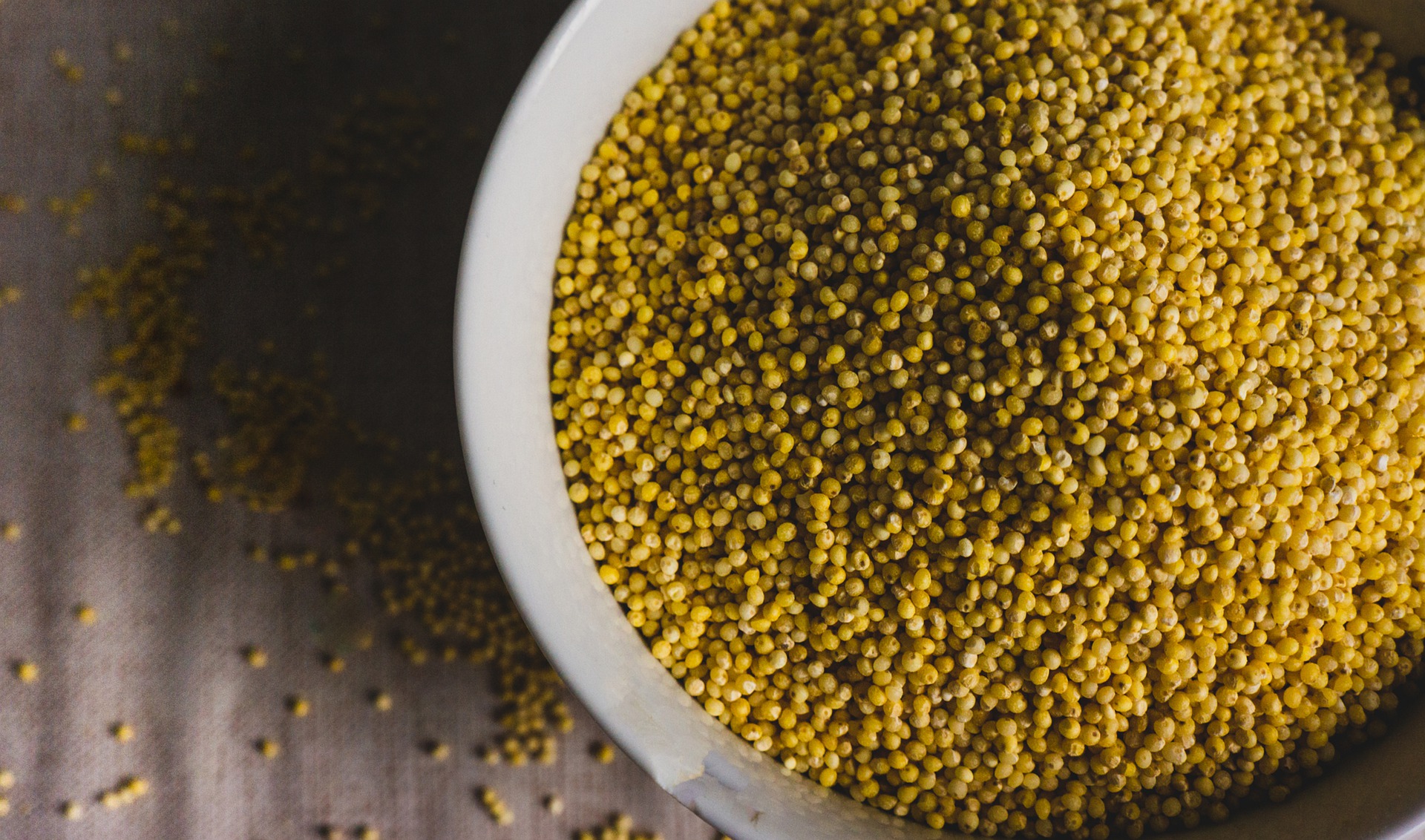Yes, it is possible for certain types of food to become extinct. This can happen for a variety of reasons, such as changes in climate, habitat loss, and over-harvesting. For example, as the global climate continues to change, some crops that require specific temperatures, rainfall patterns, or growing conditions may become more difficult to cultivate or may even disappear altogether. Similarly, as natural habitats are destroyed to make way for agricultural land, many plant and animal species that have been traditionally used for food may be lost.
Another factor that can contribute to the extinction of food is the loss of traditional knowledge and farming practices. As younger generations move away from traditional farming methods and foods, many of the unique crops and ingredients that have been part of local cultures for centuries may be lost.
Efforts are underway to conserve and protect endangered food species, including the creation of seed banks and conservation programs. However, it is important to recognize that food extinction is a real possibility, and that we must take steps to protect and preserve the foods that sustain us.

here are a few examples of foods that are currently endangered or have gone extinct:
-
The Cavendish banana: The Cavendish banana is the most commonly consumed variety of banana in the world, but it is currently under threat from a disease known as Panama disease, which is caused by a fungus. The disease has already caused the extinction of the previous most common variety of banana, the Gros Michel.
-
The Blue Java banana: This is a type of banana that is known for its unique, ice cream-like flavor and texture. However, it is currently endangered due to habitat loss and climate change.
-
The Oaxacan Green Dent corn: This is a traditional variety of corn that has been grown in Oaxaca, Mexico, for centuries. However, it is now endangered due to the increasing use of hybrid corn varieties.
These are just a few examples of the many foods that are currently endangered or have gone extinct. It is important to recognize the value of traditional foods and to work to protect and preserve them for future generations.
-
Conservation and breeding programs: One of the most effective ways to revive endangered or extinct foods is through the use of conservation and breeding programs. These programs can help to preserve genetic diversity and develop new strains of crops or breeds of animals that are more resilient to disease, pests, and environmental stresses.
-
Promoting traditional farming practices: Many traditional farming practices have been lost over time as industrial agriculture has become more prevalent. By promoting and supporting traditional farming methods, including the use of heirloom and indigenous crops, we can help to preserve and revive endangered foods.
-
Consumer education and demand: Consumer education and demand can also be powerful tools for reviving endangered foods. By educating consumers about the value of traditional foods and creating a demand for these products, farmers and producers can be incentivized to grow and raise these crops and animals.
-
Protection of natural habitats: Protecting the natural habitats of plants and animals is also critical for preserving biodiversity and preventing extinctions. This can involve preserving wild spaces, planting food forests, and promoting sustainable land-use practices.
In summary, reviving endangered or extinct foods requires a multi-faceted approach that involves conservation and breeding programs, the promotion of traditional farming practices, consumer education and demand, and the protection of natural habitats. By taking these steps, we can work to protect and preserve the foods that are critical to our health, culture, and planet.
Leave a Comment
I hope you enjoyed this post. If you would like to, please leave a comment below.